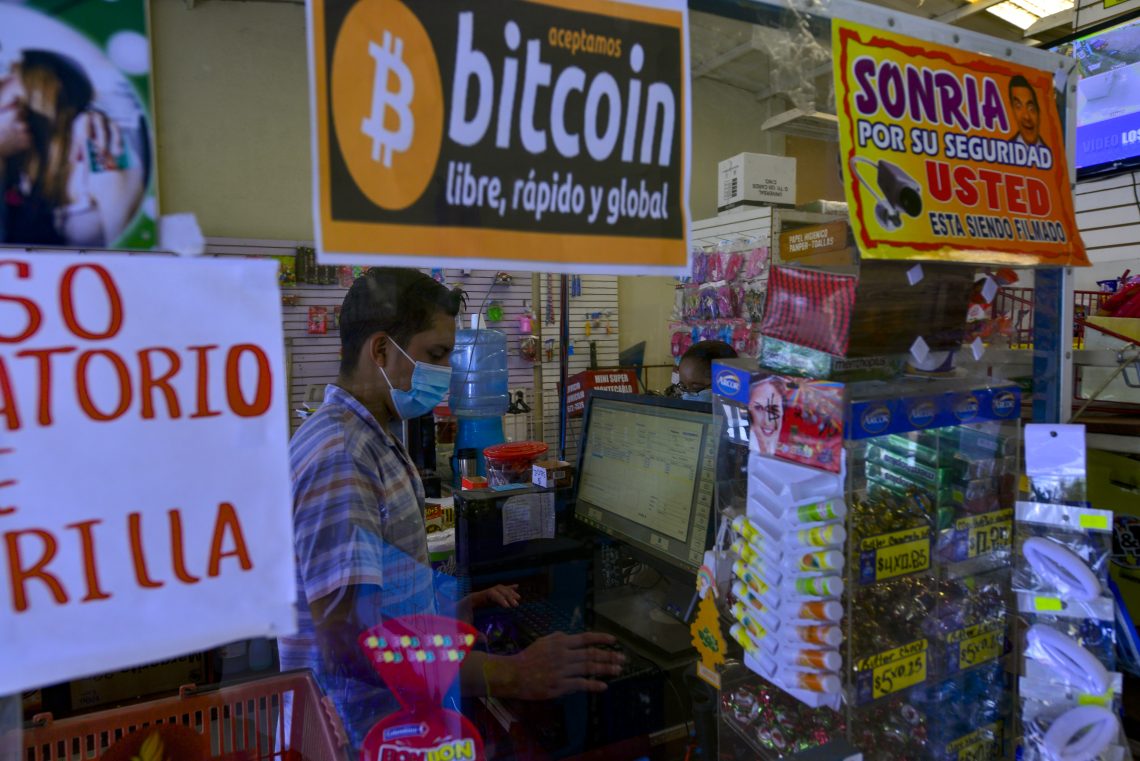Central bank digital currencies and the war on cash
Governments and banks love digital money because it allows them to track consumer behavior. Their plans to introduce CBDCs amount to a war on cash and cryptocurrencies, over which they have much less control.

In a nutshell
- Digital money is useful because it makes payment easier
- Central banks want to use digital currencies to monitor citizens
- They see cryptocurrencies and cash as a threat because they cannot be tracked
Digital money has been with us for a long time. There is a wide range of various financial operations – like when we pay with a credit or debit card – in which no transfer of physical money takes place. Instead, computers and the internet do the job. People and businesses like digital money since it is easy to carry and handle in large amounts and can be easily converted into physical money at a fixed rate: 10 euros on a Visa card is equal to a 10-euro banknote.
In fact, today’s digital and physical money only differ in how they are carried and transferred. The flipside of the coin is that the use of digital money ultimately depends on the rules of the game imposed by those who create it: a commercial bank or a credit card company. Moreover, and in contrast with physical money, digital transactions are not anonymous, since the issuer knows exactly how and when you use them.
Cryptocurrencies such as bitcoin offer a different kind of service. They are virtual currencies, since they are monetary units in their own right, with their own denominations, and they are convertible into paper money at a variable rate determined by supply and demand. They are supplied according to an algorithm and are decentralized. No central agency monitors what people are doing with their crypto money.
Monitoring transactions
Understandably, governments and bankers love digital money and do their best to encourage its use. Governments believe that cash plays a key role in criminal activities and makes tax evasion and tax avoidance easier. Promoting and tracking digital transactions amounts to a war on cash. More generally, governmental authorities like to monitor the population, possibly to fine-tune economic policymaking. Digital money is a powerful tool in that respect.
Central bankers like the idea of a digital currency, but are eager to kill decentralized cryptocurrencies.
Commercial banks are eager to promote digital transactions for several reasons. Digital money reduces transaction costs (staff and facilities can be replaced by powerful, centralized computers), allows banks to charge fees that do not apply when people resort to cash, and provides data to better assess individuals’ situations and habits when they apply for consumer credit.
Today’s central bankers claim they pursue financial stability: they regulate the world of banking, they control (manipulate) the money supply and they cooperate with the government authorities. They now ensure that governments do not default on their public debt. This is what Western central bankers have been doing for over a decade, in the footsteps of the Bank of Japan and of other monetary institutions. From their viewpoint, the war on cash is certainly good news.
By contrast, whatever smacks of decentralization or weaker discretionary power is considered a threat. This explains why central bankers like the idea of a digital currency in general, are toying with the possibility of introducing their own digital currencies and are eager to kill decentralized cryptocurrencies. It should be clear, however, that a central bank digital currency (CBDC) does not differ much from today’s paper money and is certainly not a new cryptocurrency.

Will central bankers win the day? And if yes, what kind of CBDC should we expect? The different scenarios depend on what central bankers hope to achieve and on whether they are technically able to obtain. Nobody has clear answers in that respect, as witnessed by the rather vague statements circulated by top officials in the eurozone, the United Kingdom and the United States. So far, only a handful of countries have made a firm commitment to issuing a CBDC or has implemented it. China is the most notable of these, and has had mixed results.
Violation of privacy
Each major central bank will probably issue its own digital currency eventually, which monetary technocrats consider an additional policy tool at their disposal even if today they do not seem to know how to use it. Much depends on the target central bankers are pursuing and on their strategy to introduce a given CBDC.
The Chinese experience shows that people are happy with their current digital money and do not see why they should make use of a CBDC, which promises to provide about the same services, but ends up violating one’s privacy. Hence, spontaneous adoption is unlikely. One could argue that a central bank is less likely to fail than a commercial bank. However, this statement is relevant only if the central authorities renege on their guarantees of banks’ deposits, which is improbable. Individuals could decide to have an electronic account with the central bank as a form of investment but would probably hesitate to put a large share of their liquid assets there, especially if the return is zero or even negative.
A CBDC would be all but useless if it merely widened the options available to the public.
Could CBDC plausibly exist along with other means of payment (physical cash, traditional digital money, cryptocurrencies)? Certainly, central banks would be no match for MasterCard, American Express and other providers. Running a digital instrument of daily payments requires entrepreneurial and managerial skills that central bankers do not have. Moreover, they would face distorted incentives and give in to regulatory temptations. For example, they could cover losses by resorting to printing money, or create demand for their CBDC by requiring that people carry out given sets of transactions (like payments to or from the public sector) in CBDC.
Such a CBDC would likely not be a substitute for other means of payment, but rather for low-risk forms of investment, like bonds guaranteed by a central bank or by a credible government authority (like German bunds or U.S. treasuries). A CBDC would be all but useless if it merely widened the payment options available to the public; and could reduce the demand for government bonds, which would probably require further monetary intervention to avoid public-finance crises and soaring interest rates.
Yet, it could charm eurozone policymakers if their CBDC became the mandatory means of payment within the realms of taxation and at least some areas of public expenditure. If so, Brussels (and Frankfurt) could perhaps brag that governments no longer have their own resources, but only those channeled through – and approved and monitored by – the central monetary authorities.
Digital currencies are with us because they are useful, but they will never totally replace physical money.
A second scenario would see the CBDC replace all other means of payment, an option that would require the end of convertibility to prevent residents from moving their funds to other currencies. This option would appeal to those who believe that monitoring and possibly regulating individuals’ spending habits dominate all other concerns. The cost would be high: the domestic price structure would be isolated from the world, with dramatic consequences for efficiency and trade.
Monetary manipulation
Digital currencies are with us because they are useful, but they will never totally replace physical money, which people consider a guarantee against technical problems (temporary blackouts in the electronic systems) and a partial defense against fiscal and regulatory abuse. Authorities could take their war on physical cash to extremes and plainly outlaw this means of payment. Doing so would not require a CBDC, nor is a CBDC the solution to those who embrace cryptocurrencies to protect their privacy and believe that the benefits of their nondiscretionary supply rules offset the cost associated with risk and volatility.
The best way of making sure that cryptocurrencies do not help tax evaders and avoiders is to stop manipulating traditional currencies and abusing taxpayers. Regrettably, monetary manipulation is likely to continue for years to come. The heir to the now-disgraced modern monetary theory is not sound money, but price regulation, higher taxation and more public indebtedness.
The war on cash and crypto is eyewash and the introduction of CBDCs has little to do with money. Rather, it is an attempt to test our love of liberty and our tolerance for soft forms of totalitarianism.







